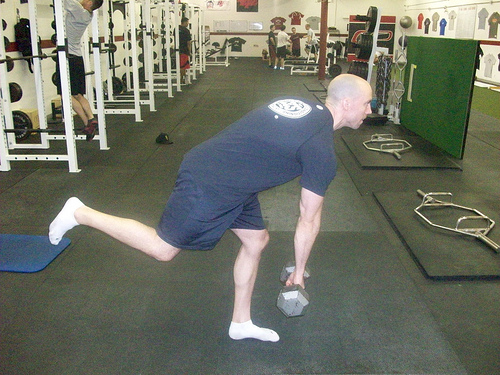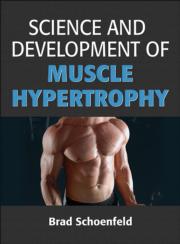Remember those “The More You Know” PSA (Public Service Announcements) from the late 80’s and early 90’s?
They often ran during primetime shows on NBC and even during Saturday morning cartoons. Oh man, remember Saturday morning cartoons?
- Transformers
- GI Joe
- Dungeons & Dragons
- Alvin & the Chipmunks
- Bionic Six
- Captain Planet1
Those were the days.
The ads would typically feature a celebrity facing the camera and speaking in an earnest tone espousing the dangers of drugs, smoking, and not going to school.
All sound things to be earnest about, no doubt.
Sadly, a PSA was never made championing the idea that wearing a jean jacket with jeans wasn’t the key to gaining the attention of the opposite sex. Also, impressing girls with Star Wars quotes never worked either.2
But the “real” PSAs were always clear, concise, and cutting….scratching the surface of deeds that were for the greater good.
We should bring those PSAs back, albeit this time targeting the fitness crowd.
PSA #1: How to Hand-Off on the Bench Press
It sounds pointless and borderline trivial…but learning how to hand-off on the bench press is an acquired skill, and something that will drastically affect someone’s performance with the exercise.
Raise your hand if this has ever happened:
It’s bench day and as you work up towards your heavier sets it’s becoming a little harder to maintain appropriate upper back tightness as you un-rack the weight. Reluctantly, you decide to scour the gym floor to ask someone for a hand-off.

Finding someone who knows the intricacies of a “good” hand-off is on par with finding a ship other than the Millennium Falcon that can do the Kessel Run in less than 12 parsecs.
Note: I was a virgin till I was 21. Weird, I know.
What usually ends up happening is that after you spend time getting your shoulder blades in the right position (retracted and depressed/posteriorly tilted), driving your upper back into the bench, turning your lats on, and getting your foot position correct….it’s instantly negated when the guy/girl handing off haphazardly performs an explosive upright row with you attached to the bar.
They lift the bar up, rather than helping to “guide” the barbell into position.
Fail.
You have to get tight. Especially in the upper back. Without getting into the extreme details, I like to coach guys to place their feet on the bench (relax, it’s only for a few seconds), grab the bar, raise their hips, and drive their upper back into the bench. Simultaneously, I’ll tell them to consciously think to themselves, “together and DOWN” with the shoulder blades.
I then tell them to bring their feet to the ground – heels up/heels down is predicated on personal preference – and then “scoot” themselves up the bench to get even tighter.
It looks like this:
Why go through all that trouble to get tight, compact, and ready to hoist a barbell off your chest, only to NOT get a proper hand-off and/or lose all of it when you un-rack the bar?
Think about what happens when you un-rack a bar on your own, or you receive a piss-poor hand-off: the shoulders protract. As a result, the scapulae abduct and (most likely) anteriorly tilt as well, and stability is compromised.
Impressive bench press go bye-bye.
It’s my hope this video will help:
NOTE: I had every intention of filming a new video today, but then realized I had this one on my YouTube channel already. No sense reinventing the wheel.
A few points to consider that I didn’t cover in the video:
1. To reiterate: The “spotter” or hander-offer guy isn’t lifting the bar off the j-hooks, but rather “guiding” the bar to the starting position.
2. Moreover, the lifter shouldn’t think of it as pressing the bar up and into the starting position, but instead “pulling” into position. Kind of like a bastardized straight-arm press down (albeit on your back).
3. Getting down the cadence of 1….2….breath….lift off is the key here. It’s going to take some practice, which is why I highly advocate finding a training partner you trust.
3. If at any point the guy providing the hand off starts chirping, “all you, all you, all you” when he’s clearly got his hands on the bar, immediately rack the bar and scissor kick him in the face.























